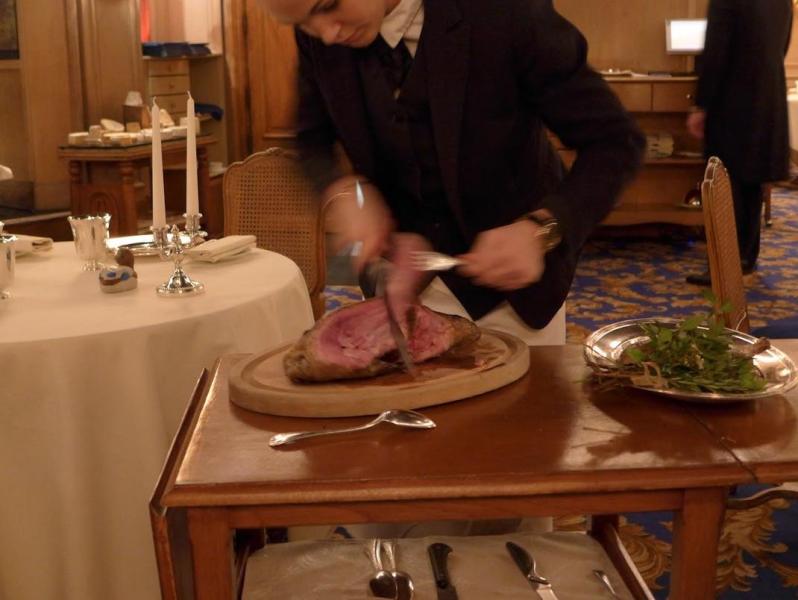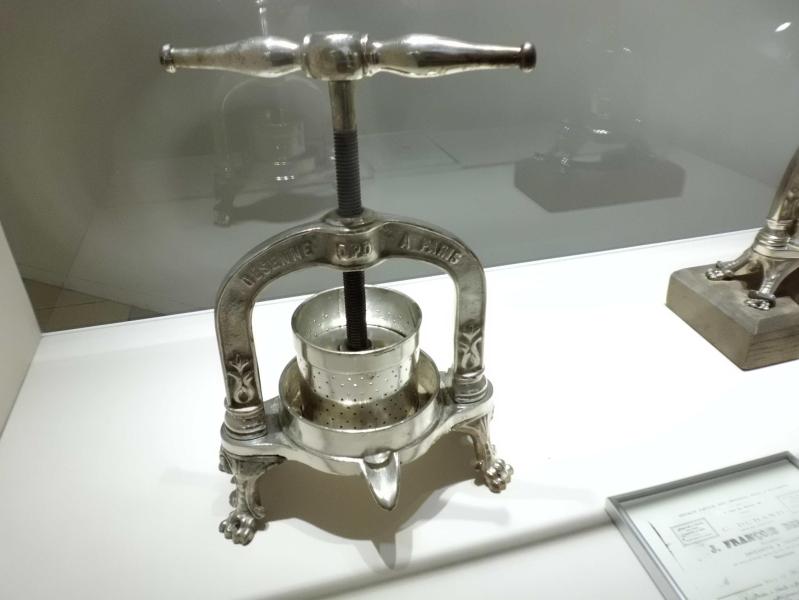- Read offline
- Access all content
- Use the in-app Map to find sites, and add custom locations (your hotel...)
- Build a list of your own favourites
- Search the contents with full-text search functionality
- ... and more!
caneton
duckling
Duckling, a speciality of the Seine valley around Rouen, was one of the stars of the famous ‘Dinner of the Three Emperors’. It was prepared Rouen style, caneton à la rouennaise, with a red wine sauce made from the roasted duck livers, blood and juices from a duck carcass which had been squeezed in a duck press, the invention of a man named Machenet in Paris in the early 1800s.

Traditionally the duck is cut up in front of the diners before taken back to the kitchen; then the breast is served with the sauce, and then the thigh.
It’s still the speciality at La Tour d’Argent in Paris, where each duckling served is numbered, although if you want to try it you’ll have to wait until the restaurant reopens in 2024 after a major remodelling.

Other names for the dish are canard au sang or caneton Tour d'Argent while the Michelin-starred Le Pressoir d’Argent in Bordeaux is named after one of the very few silver duck presses still in use.
Images by Edsel Little, Eugene Albert “Bucky” Edgett III, julie corsi

